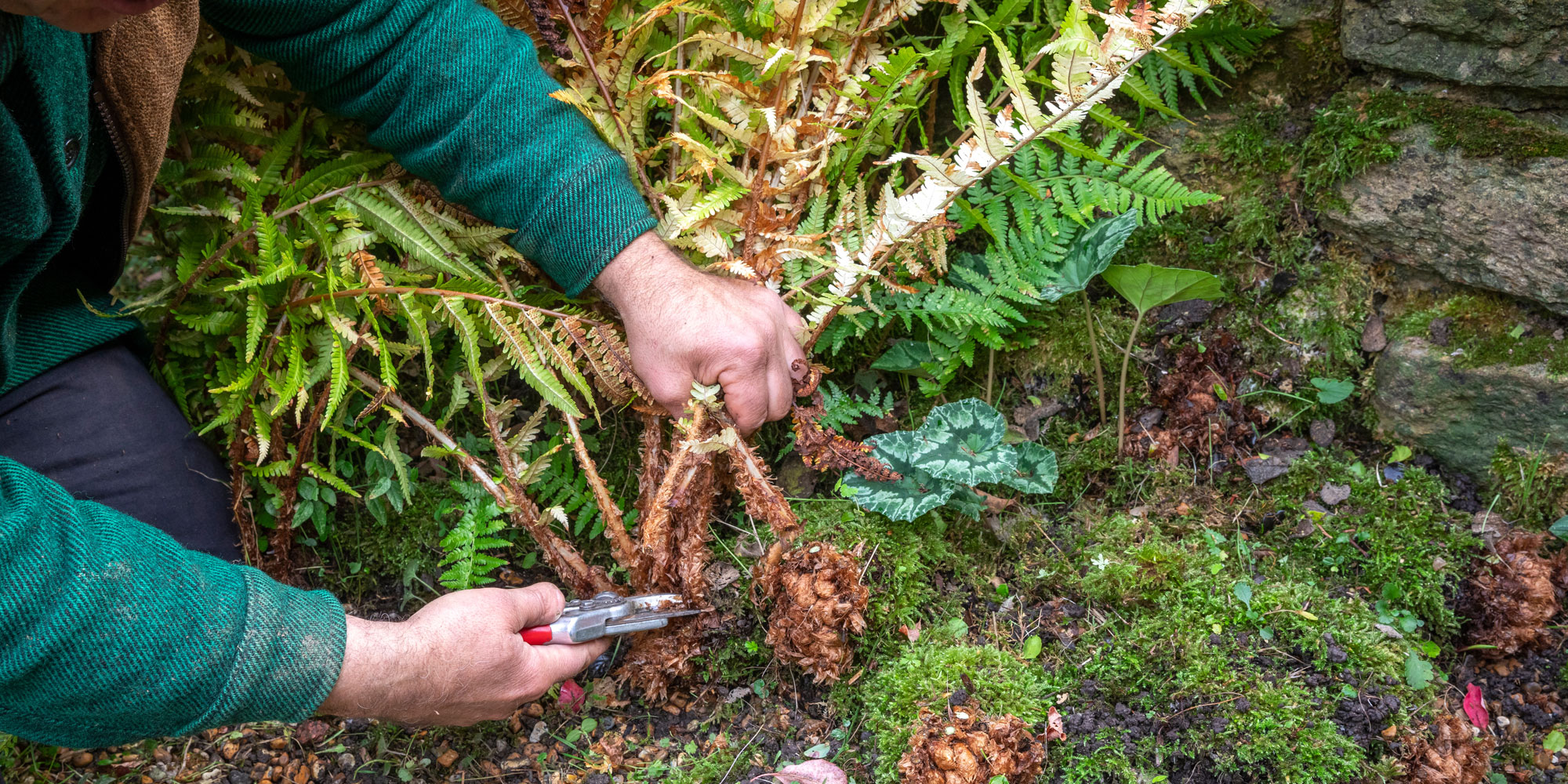
Get a year of super-useful advice
Make your garden better than ever! Get year-round expert tests and advice for only £36.75 - that’s 25% off!
Join Which? GardeningOffer ends 8 January 2026
By clicking a retailer link you consent to third-party cookies that track your onward journey. This enables W? to receive an affiliate commission if you make a purchase, which supports our mission to be the UK's consumer champion.

Ferns might lack flowers, but they're great plants for a shady spot. Many are evergreen and most have intricately cut leaves that are as beautiful as any bloom.
Which? Gardening magazine grew a range of popular varieties to see which would thrive in a shady spot. We share recommended ferns and explain how to care for ferns.
| January | February | March | April | May | June |
| PLANT | PLANT | NEW FRONDS UNFURL | |||
| July | August | September | October | November | December |
| PLANT | PLANT | CUT BACK BROWN FRONDS |

Ferns are best planted in the cooler, wetter seasons of spring and autumn. Almost all varieties prefer shade, with some happy in beds and borders that have a little sun for part of the day. Varieties can differ in their preference for dry or moist but well-drained soils. Check the ideal growing conditions for the variety you want to buy.
All varieties like a soil that’s rich in organic matter, as this helps to retain moisture while improving drainage. Water your plants well in the first year when they're establishing.
Help your plants by adding a recommended soil improver

Make your garden better than ever! Get year-round expert tests and advice for only £36.75 - that’s 25% off!
Join Which? GardeningOffer ends 8 January 2026
Which? members can log in now to see the full results and detailed reviews of our Best Buy varieties. If you’re not a member, join Which? to get instant access.
| Variety | Type | Position | Height x spread (cm) | Foliage impact | Crozier impact | Shape of plant | Peak duration | Pest and disease resistance | Overall rating |
|---|---|---|---|---|---|---|---|---|---|
| Adiantum venustum | Sign up to reveal Get instant access to this and all our scores and recommendations Unlock tableDigital £8.99 per month, cancel any time. Already a member? Log in | ||||||||
| Athyrium felix-femina | |||||||||
| Dryopteris affinis | |||||||||
| Dryopteris affinis 'Cristata The King' | |||||||||
| Dryopteris dilitata 'Crispa Whiteside' | |||||||||
| Dryopteris filix-mas | |||||||||
| Polypodium vulgare | |||||||||
| Polystichum setiferum | |||||||||
| Woodwardia fimbriata | |||||||||
Sign up to reveal
Get instant access to this and all our scores and recommendations
Unlock tableDigital £8.99 per month, cancel any time.
Already a member? Log in
The more stars the better. OVERALL RATING Ignores price and is based on: foliage impact 35%; shape of plant 20%; pest and disease resistance 20%; crosier impact 15%; peak duration 10%
Which? Gardening chose 20 varieties of ferns, all suitable for growing in full or partial shade. Most hold an RHS Award of Garden Merit (AGM).
We assessed them every two weeks to see whether they were dormant, starting into growth in spring, or in full leaf. We regularly assessed them for the impact of the fronds and crosiers (leaves and unfurling leaves - see below for details) and how healthy they were.

Remove old fronds once they start to go brown. These can be left on over winter but removing them will keep the crown of the plant free from wet, decaying organic material.
Try our best secateurs
Most ferns don’t need to be fed, but if your soil conditions are poor, add a balanced feed, such as Growmore, in the spring. Mulch your plants with soil improver in the spring to add organic matter and help retain moisture.
Most ferns don't suffer from many problems, although they can dry out in hot, dry weather.
Slugs and snails may eat newly emerging crosiers, so use organic pellets.

Ferns are botanically very different to other plants in your garden. They don’t flower and so reproduce from spores rather than seeds. The spores are formed in spore casings - the small brown dots you see on the back of the ‘leaves’. These are called fronds, as they have this additional function compared with the leaves of flowering plants. The fronds are referred to as crosiers when they unfurl in spring.
Ferns can be deciduous, meaning they lose their fronds in winter, or, in some cases, through summer heat. Some are referred to as semi-evergreen, as most of the fronds go brown over winter and are replaced with new fronds in spring.
Most ferns prefer shade, but some will tolerate a bit of sun, provided they are kept moist. Ferns grow in a variety of settings in the wild, with some preferring a dry forest floor, while others thrive on rocky outcrops. A few prefer a permanently wet situation, on the banks of a stream or at the side of a waterfall.